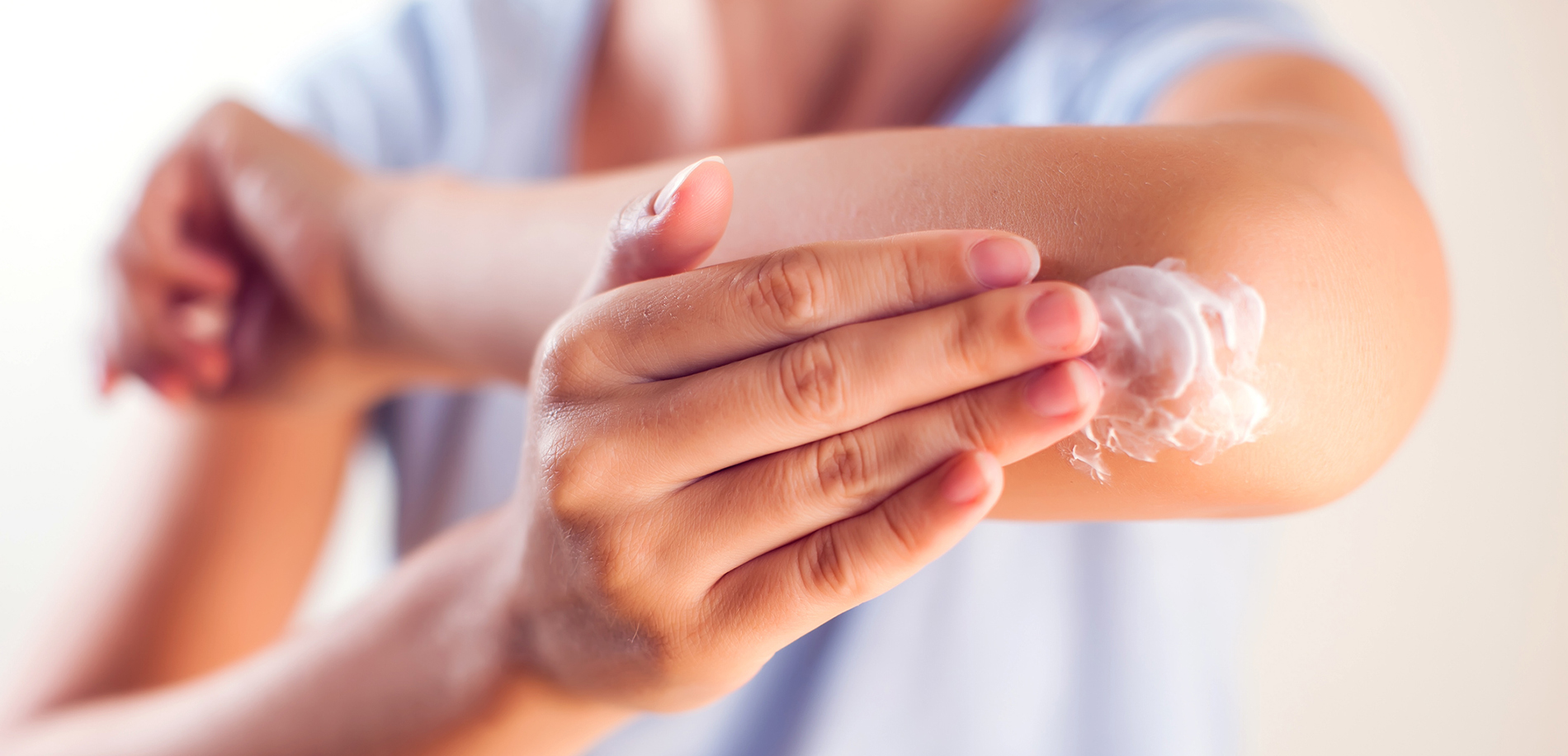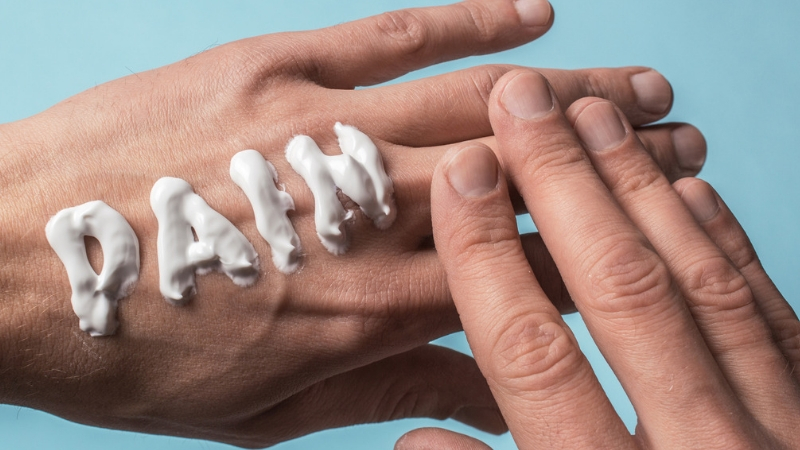
The Benefits Of Using Topical Pain Relief Creams
If you’re dealing with aches and pains, you’ve probably thought about using creams to help. These creams are like medicine you put right on your skin where it hurts.
Now, let’s talk about how these creams are different from taking pills or getting shots. The big thing is they work right where you put them. They don’t affect your whole body like pills do. Topical Treatments for On-the-Go Lifestyles are the best method.
But there’s more to it than just that. When you rub in a cream or gel, it interacts with the nerves in your skin. This can help create a barrier against pain, like a shield.
In the next part, we’ll dive into the science behind how this all works. But here’s a sneak peek: Using these creams isn’t just simple; it’s also pretty smart. It could change the way you deal with pain every day.
Now, while we’re about to delve into the scientific nitty-gritty in the following section, let me give you a little sneak peek: The mechanism behind topical pain relief is both fascinatingly straightforward and impressively sophisticated. Essentially, these creams offer a dual action approach – simplicity in application coupled with the intricate workings of modern medicine. It’s this combination of convenience and effectiveness that could potentially revolutionize the way you manage your daily discomfort.
The Science Behind Topical Pain Relievers: How They Ease Your Aches by giving you Topical Treatments for On-the-Go Lifestyles
Topical pain relief creams are not just about convenience; they’re also underpinned by solid science. The main players in these creams are active ingredients like menthol, capsaicin, and salicylates. Each has a distinct way of interacting with your body to reduce or block pain signals.
Menthol creates a cooling sensation that can temporarily override your sensation of pain, like a chilling distraction. Capsaicin, the hot component in chili peppers, works by diminishing a specific pain-transmitting substance. And salicylates, related to aspirin, aim to decrease inflammation right at the source of your pain.
Getting technical for a moment, let’s talk about the pain gating theory. Imagine a gate in your nervous system that can let pain signals through to the brain, or block them. Active ingredients in pain relief creams can effectively ‘close the gate’ by stimulating certain nerve fibers, which hampers the pain’s journey to your brain.
Medical research steps in to back this up, with studies showing these creams can be especially effective for joint pain, like that from arthritis, and for muscle aches. Research also suggests that because these creams act locally, they usually have fewer side effects compared to systemic pain medications.

The Convenience Factor: Topical Treatments for On-the-Go Lifestyles
You might be surprised by just how practical topical pain relief creams can be. I’m talking about a form of pain management that fits perfectly into our busy lives. Whether you’re an athlete, a busy parent, or someone who’s always on their feet for work, this type of treatment can be a game-changer.
Imagine slipping a small tube into your bag or pocket, ready to tackle that annoying knee pain after your jog, or that stubborn backache during a long day at the office. That’s the convenience topical creams offer. You apply directly where it hurts, no water needed, no waiting for a pill to kick in.
One of the biggest perks? There’s no need for exhaustive preparation or post-application downtime. You’re not going to be sidelined after using a cream. It’s discreet and doesn’t require you to step away from your day-to-day duties. Plus, with no systemic impact, you avoid many of the side effects that oral pain relievers may bring along.
In my opinion, this freedom of Topical Treatments for On-the-Go Lifestyles treats pain without interrupting your daily activities is invaluable. It encourages consistent, timely treatment, which can be crucial for managing chronic conditions or sudden flare-ups. It’s all about maintaining your quality of life without compromise.
Choose something that resonates with you – there’s a wide variety of scents and formulations available. Whether you prefer unscented or with a refreshing hint of menthol, the market has got you covered. Just don’t focus too much on perfection. The best cream is the one that you feel comfortable using regularly.
A Gentle Touch: Considering Topical Pain Relief for Sensitive Populations
When it comes to managing pain, not everyone can rely on oral medications. Topical Treatments for On-the-Go Lifestyles might be the best choice. Especially for sensitive groups like the elderly, children, and individuals with delicate digestive systems, topical pain relief creams can be a godsend. Instead of having to swallow a pill and wait for systemic effects, which often bring unwanted side effects, a topical cream allows for a more gentle approach to pain management.
One of the standout benefits of topical treatments is their minimal impact on the gastrointestinal (GI) tract. Oral pain relievers, like NSAIDs, can sometimes cause stomach irritation or more serious complications like ulcers, particularly in older adults or those with a history of GI issues. Topical creams can bypass these concerns, offering relief without the same risks.
But not all creams are created equal. If you have sensitive skin, you’re going to want to pay careful attention to product labels. Look for formulations designed for sensitive skin, which often means avoiding added fragrances, dyes, or harsh chemicals. And, I’m here to help you with finding dermatologist-recommended brands or hypoallergenic options. When in doubt, patch-testing a new cream on a small skin area is always a good idea.
So, what is the next step if you’re considering integrating topical pain relievers into your care regimen? I’m going to guide you on how to make these treatments a complement to your overall wellness strategy in the next section. You’ll find out about how to safely apply these creams and how they can work alongside other pain management approaches to provide relief and improve your quality of life. Just remember, while topical creams are safer for sensitive populations, it’s important to consult with a healthcare professional before starting any new treatment to ensure it’s the right choice for you.

Integrating Topical Pain Relievers into Your Topical Treatments for On-the-Go Lifestyles
You don’t have to get everything right the first time. Trying out topical pain relief creams is a simple step toward feeling better. When you use them regularly and as instructed, they can give you a sense of control over muscle and joint pain.
When picking a cream, think about what you like – like how it smells, if it feels cool or warm, and what kind of pain you’re dealing with. Don’t stress about trying different brands until you find one that works for you. It’s all about finding what feels good and works best for your needs.
To get the most out of your cream, make sure to follow the directions carefully. Consistency is key for long-term relief. Using it regularly keeps your pain in check, which could help lessen how often and how bad it feels over time.
And remember, you don’t have to rely only on the cream. You can also try other ways to manage pain, like gentle exercises or hot and cold treatments. Combining these methods might give you even more relief.
Starting with a cautious approach and seeing how your body reacts is important. I really hope you find comfort and relief with topical pain creams. And the best part? They work right where you need them without affecting your whole body – giving you peace of mind and comfort. They are perfect for Topical Treatments for On-the-Go Lifestyles
Please Visit me on KickStarter!
You can Also visit me at IndieGoGo!
[Disclaimer: Consult a healthcare professional before starting any new pain soothing regimen. “No Youchie” is not intended to diagnose, treat, cure, or prevent any disease illness or injury.]
